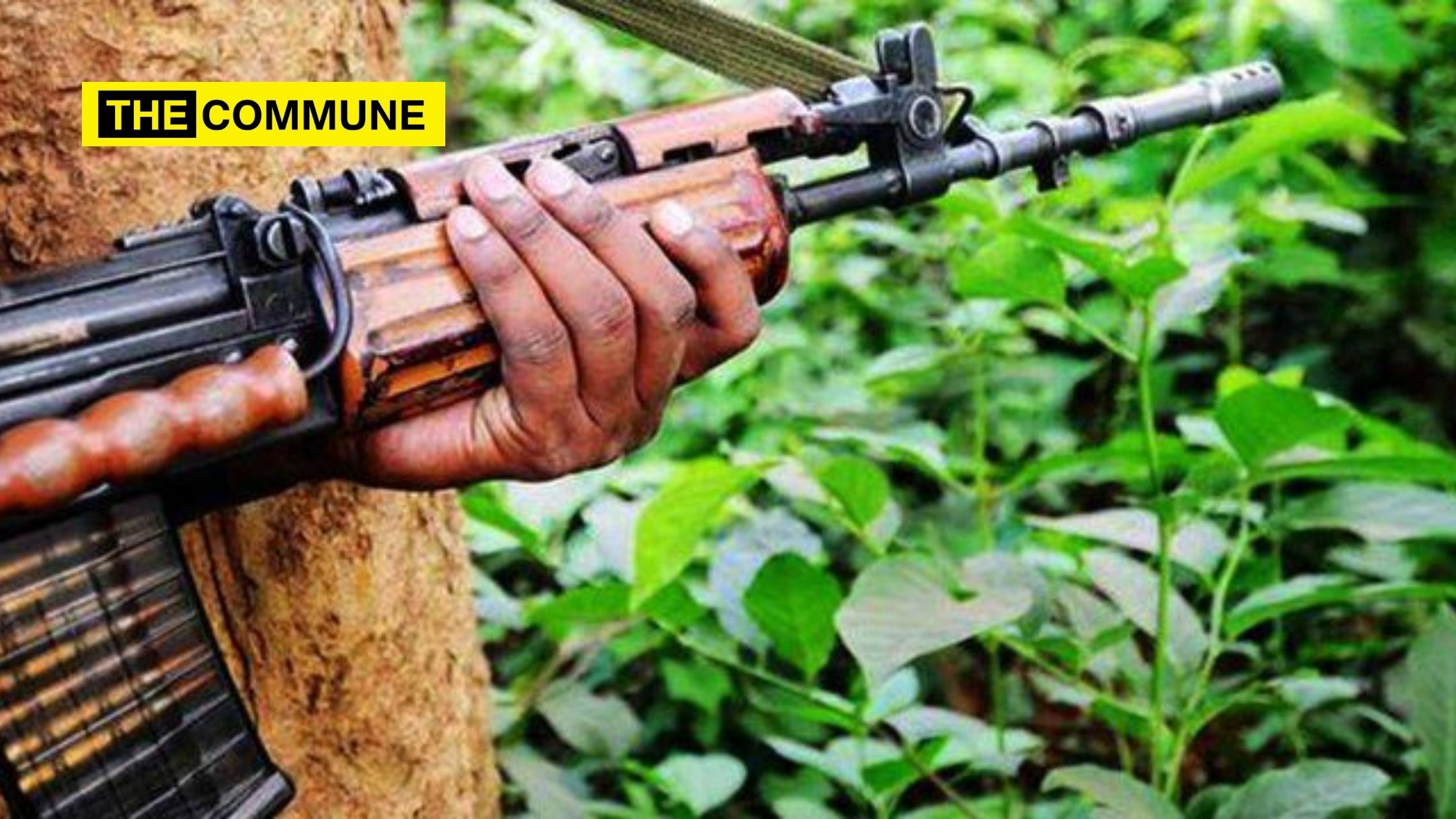
The year 2024 saw a significant decline in Maoist activities, with the central government setting a deadline to finish off Left-Wing Extremism (LWE) by March 2026.
Prime Minister Narendra Modi is learnt to have asked the officials and agencies responsible for tackling this menace to expedite the process. The Prime Minister wants LWE to be wiped out within the next 15 months. In October this year, Union Home Minister Amit Shah reaffirmed the government’s commitment to eradicating LEW by 2026.
As the year draws to a close, the combination of intensified security operations, increased infrastructure development, and proactive social programmes signals that LWE is nearing its end in India.
Despite the ongoing challenges in regions like Bastar (Chhattisgarh) and the continued presence of key leaders, security forces, with the government’s support, are eliminating the menace of LWE.
Intelligence estimates suggest that approximately 3,000 Maoists are active, predominantly in Chhattisgarh. However, LWE’s grip on the country is steadily weakening.
This year, security forces made major breakthroughs in dismantling Maoist strongholds in the state of Chhattisgarh. Regions like Abujmarh, once an LWE-dominated pocket, now see many families returning to their homes. These families had left their homes due to threats by Maoists.
Several camps of security forces are now in these regions, instilling a sense of confidence among the locals. In one of the largest operations, the Border Security Force (BSF) eliminated 29 Maoists, including top Maoist leader Shankar Rao, in April.
In October, another major operation in Chhattisgarh resulted in the killing of 31 Maoists, with no casualties on the security forces’ side. The government’s efforts to curb Maoist violence have shown impressive results. LWE-affected districts dropped significantly from 126 in 2018 to just 38 in 2024.
Violence related to LWE has decreased by 73 per cent compared to 2010, with a remarkable 86 per cent drop in deaths. The reduction in LWE-related incidents continued in 2024, with a 25 percent decline from the previous year. The government also allocated Rs 4,350 crore from 2019 to 2024 to enhance security and infrastructure in LWE-affected areas.
This funding supported initiatives like constructing 14,469 km of roads, installing 6,567 telecom towers and opening 1,007 bank branches across the affected districts. Moreover, 46 Industrial Training Institutes (ITIs) and 178 Eklavya Model Residential Schools (EMRSs) have been set up to provide quality education and skill development for tribal youth, helping to divert them from the LWE influence.
–IANS
Subscribe to our channels on Telegram, WhatsApp, and Instagram and get the best stories of the day delivered to you personally.




